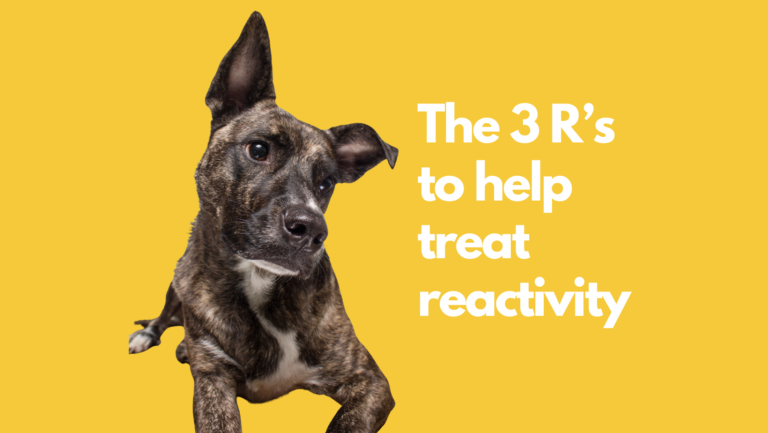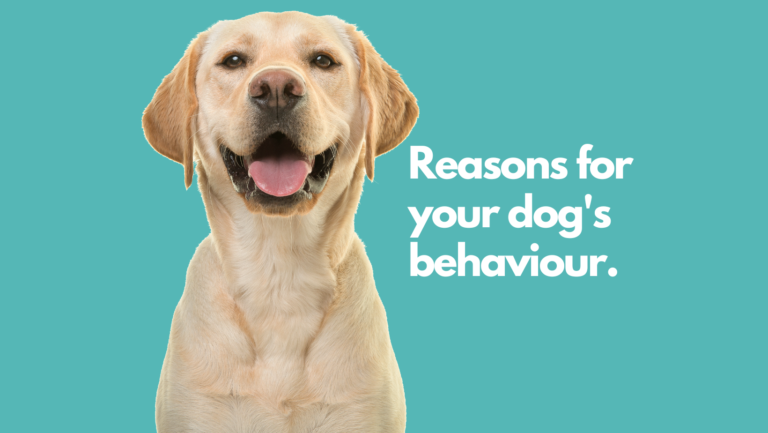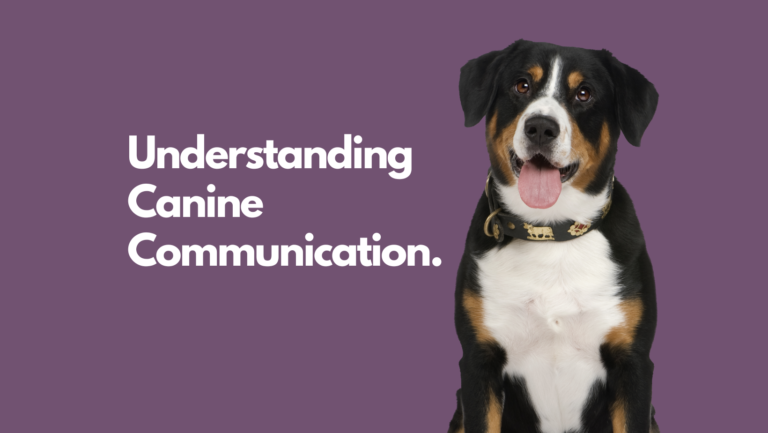How to interrupt unwanted behaviour

There is so much information out there on how to train your dog. The ‘dos and don’ts’, but which one do you follow? It can be so confusing
So, here’s the problem… Can you say no to your dog? Well, yes you can, however, use it with caution. If you are constantly saying no, or using their name to get your dogs attention at everything they do that you do not like, jumping up, barking, digging etc… you will eventually just end up sounding like a broken record, and it won’t be very effective
Have you ever heard of something called a positive sound interrupter?
A positive sound interrupter is a sound you make to instantly get your dog’s attention and something you can use instead of reprimanding or saying ‘No’, ‘uh-hu’ or ‘Stop it’ constantly at your dog or puppy.
Even if you do not mean it in an angry way, some dogs are quite sensitive and may still interpret it as scary or intimidating, which is why the behaviour you disapprove of stops in that moment in time. However, the behaviour may then still continue afterwards. Another thing that may happen is that you may just suppress the behaviour and another one arises. So, in fact you may realize that you are not dealing with the actual problem and only stopping the behaviour momentarily
Now, I am not saying do not say no to your dog. I do, and have many times; however, I have only used the word ‘No’ in panic and when I’ve needed it for emergency management. For example: Once my gate was left open and my dog Jake took flight and ran out. I panicked and shouted, ‘Jake NO!’. He stopped dead in his tracks, and I was able to call him back to me and rewarded him hugely for coming when he was called.
Let’s break down happened. I never shout at my dogs. Again, I only use it if I need it. I do not think he had ever heard me shout at him. When I shouted his name and used ‘NO’, he responded to the panic in my voice, not the word, as he had no association with the word. That moment of him stopping and looking back at me gave me enough time to redirect his attention to call him, so I called him back to me and gave huge rewards for him coming back to me.
Would I have been so lucky and gotten his attention so quickly that day if I had constantly nagged or verbally corrected him all the time when he did stuff I didn’t like?
So now if my dog were ‘up to no good’, and I wanted to get his attention, I would then use a sound followed by something good in order for him to associate the sound with something wonderful. The sound then gets his attention then you are able to redirect.
I use a ‘kissing’ sound, or click my tongue, or a quick little whistle sound. When I use one of these sounds I do it gently followed with a happy tone and I ALWAYS have a smile on my face. Sometimes I use the sounds in an order because depending on the environment and situation I may have to work a bit harder at getting his attention.
Dogs have learnt that humans smiling is usually a good thing. I then get very excited that I have my dog’s attention, followed by more verbal praise, a neck rub/ tickle, toy, food etc.… whatever works!
Saying ‘No’ repeatedly or just using their name to get their attention for stuff may just teach your dog to ignore you, or it may make you scary and unpredictable to your dog if it always followed by something unpleasant. It depends on your dog’s personality.
DO NOT use your dog’s name followed by the sound. Just the sound will do. You will get a quicker response if you just use the sound to get your dogs attention.
For example:
-
Dog ‘up to no good’ or doing something you don’t like.
-
Make a positive interrupter sound to get your dogs attention from what he/ is doing
-
As your dog looks at you immediately smile and in a happy tone use verbal praise and show the treats to feed to reinforce having your dog’s attention/ or throw your dog’s toy.
-
You can then redirect his/ her attention to something else.
You would need to teach your dog what a positive interrupter is first so they can make the association with the sound and good things. Only once you have done this then you can use it in real life situations.
How do you condition the response
1) Set up your training session so that you are ready. You will need your treats or toy.
2) Start in a quite environment when you and your dog are in a relaxed state. Your living area is usually good to start with. Use your sound (‘kiss kiss’ sound/ whistle or clicking your tongue – just use the one that gets the best response)
3) The exact moment you dog looks at you, say ‘Yes’ or ‘Good’ immediately followed with a treat or throw of the toy.
Practice this 4 – 6 times in a row. Stop. Have a break and repeat
Keep training sessions short and focus on the single behaviour.
3 – 5 minutes is good enough.
Do not rush through this exercise and stop while the going is good. This means that once your dog has successfully done what you’ve asked…. stop asking and don’t practice anymore until another day. Even if you are super excited that your dog has just preformed the behaviour, by continuing the exercise after your dog has done it successfully could cause the dog to get bored and become despondent.
4) Once your dog responds to the interrupter cue 95% of the time, you can then start using it randomly throughout the day. For example, if your dog barks, use your sound interrupter, and as your dog looks at you get excited, show the treats, and roll them out of your hand by your feet. This encourages your dog to come to you and not avoid you.
5) Now take what you have practiced outdoors.
At this stage, your dog associates the sound you make with something good is going to happen.
Have your dog on lead (only if your dog is happy on leash) in the garden for now. The lead helps keep your dog with you so that you have more control over the training session and increases your chances of success
Start to walk around your garden normally and randomly make your interrupter sound. Capture the exact moment you dog looks at you with your ‘Yes’ or ‘Good’ word followed by your treat. Feed 3 – 4 treats individually and quickly. This is known as a ‘jackpot’ and feeding your dog at a high reinforcement rate helps as it gives the dog a bigger incentive and motivates your dog more to pay attention to your sound.
6) Once you have now practiced this step like above a couple of times over a couple of days, you can then take the lead off and practice your sound interrupter randomly to help proof the behaviour.
The idea is to stop thinking that your dog is being bad or ‘naughty’ and have a tool to get his/ her attention to help your dog learn what you want him to do instead.
Tags
What do you think?
Related Articles

The 3 R’s to help treat reactivity
Training your dog is not just about teaching them to listen and ‘fixing’ unwanted behaviours; it’s about creating positive associations with their environment and building

Reasons for a dogs behaviour
Dogs behave the way they do for many reasons. They do NOT do things deliberately to be stubborn or ‘naughty’, nor do they aim to

What is Dog Body Language?
Our canine friends have an intricate language of nonverbal communication known as body language. Body language is the way a dog uses his or her
